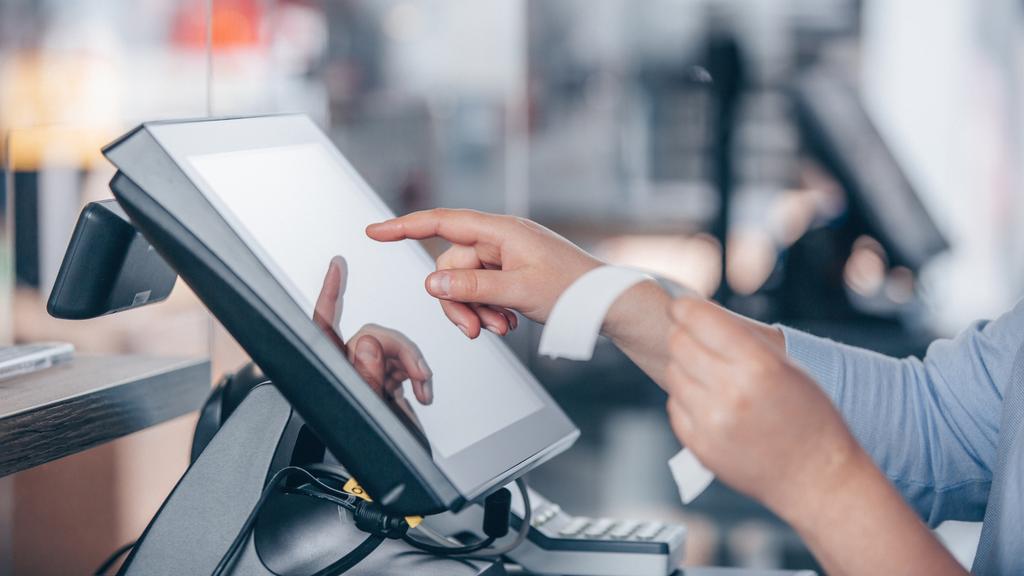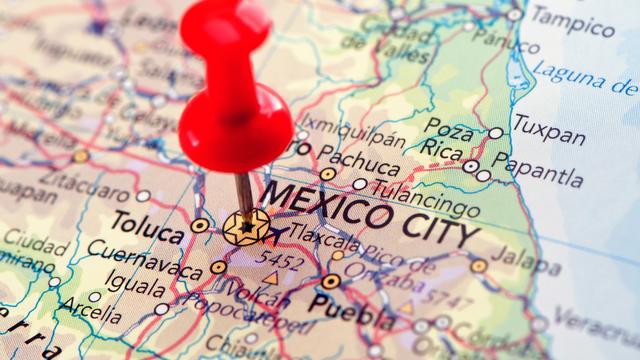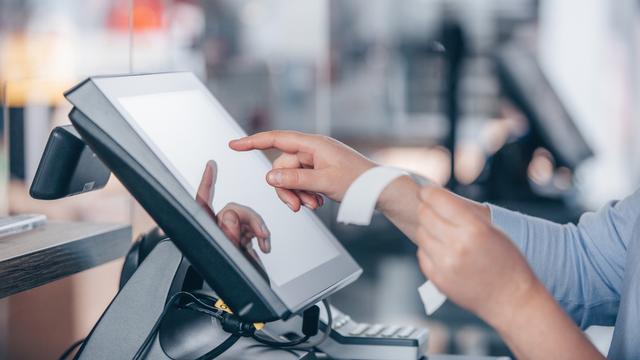When you open a restaurant, you must pay attention to many areas of the business, which require various tools, training, and other investments of time and money. There are way too many tasks and tools you must keep up with, such as picking the right POS system for your restaurant. In this article, I’ll tell you about the best all-in-one POS systems you can use, which can determine how easy or difficult it is to manage your business and how much you’ll invest in doing so. I’ll also go over the following topics:
- Why are tablet POS for restaurants among the best options you can use
- Their advantages, disadvantages, and limitations when compared to more complex software/hardware systems
- The top five tablet POS for restaurants you can go with
When you finish reading this article, you’ll be equipped with the necessary knowledge to determine whether a table POS system is right for your business, or if you’ll need more complex versions of the tools they provide. Keep in mind that, right off the bat, tablet POS systems are highly advantageous for new, small businesses. If you’re looking for the right alternative, you’ll also find it here. Let’s begin!
Why Should You Consider Tablet POS for Restaurants?

Tablet POS systems have been around for a while. They’ve existed ever since the creation of modern POS, but only as a complement to the rest of the hardware in the form of touch screens. However, tablets have evolved and are capable of withstanding a whole POS software. This is mostly because the technology has advanced and they’ve fully penetrated the end-consumer market. That’s also why there are numerous affordable and highly capable options available, from the classic iPad to Android alternatives. If you think tablets are a viable option, you can expect a lot of support, numerous brands, and great compatibility with the best POS software. Also, since they’re more powerful than ever, they can handle very complex tasks while providing you with affordable prices and great mobility.
Advantages of Tablet POS for Restaurants
There’s a clear advantage in using a tablet POS if you own a food truck or cart, or even a catering business. However, when it comes to restaurants, there are more than a few advantages that often go unnoticed:
- Increased mobility: Unlike traditional POS systems that are stuck in one place, tablets are portable. This allows servers to take orders tableside, which can improve customer service and speed up table turns.
- Faster service: With tablets, servers can input orders quickly and easily, which reduces wait times for customers and allows servers to turn tables faster.
- Improved accuracy: Tablets can help to reduce errors in order taking and billing.
- Enhanced customer experience: Tablets can be used to show customers menus and pictures of dishes, and even allow them to split bills and pay directly at the table.
- Lower costs: Tablet POS systems are often less expensive than traditional POS systems, and they can also save restaurants money on things like paper receipts and labor costs.
If you have a considerable budget, you can also use tablets as tableside hubs and allow customers to order themselves without getting up or without needing help from a waiter. It’s the perfect contactless dining experience!
Disadvantages of Tablet POS for Food Businesses
Of course, there are a few disadvantages to using tablets as your main hardware for a POS system.
- Fragile: Tablets can break from drops or spills, unlike sturdier traditional systems. That’s why it’s necessary to protect them with stands or even anti-spill covers, especially if they’re used in service.
- Battery life: Dead batteries can halt operations, requiring constant charging or backup solutions.
- Limited features: Some tablet POSs lack features like specific restaurant needs when compared to traditional ones.
- Security concerns: Tablets might be easier to steal or access compared to secured traditional POS.
It might also be difficult to pick a tablet that suits your needs—there are thousands of models and new ones keep appearing every day. There’s also the fact that tablets are not as durable as laptops or desktop computers, which makes them a little more expensive in the long term. Changing them often, although a good practice, might also bring extra costs such as new training guides for your staff, and the need for compatible accessories, among other things. But worry not, because some excellent POS system options can help you bypass those limitations.
Top 5 Tablet POS Systems You Should Consider
With those advantages and disadvantages we mentioned above in mind, let’s take a look at the best five tablet POS systems you can get. This list is in order of effectiveness—the top choice is easily the best to bypass some of the limitations of tablets as devices. Let’s begin!
1. Waiterio: The Best Omni-Device Restaurant POS System
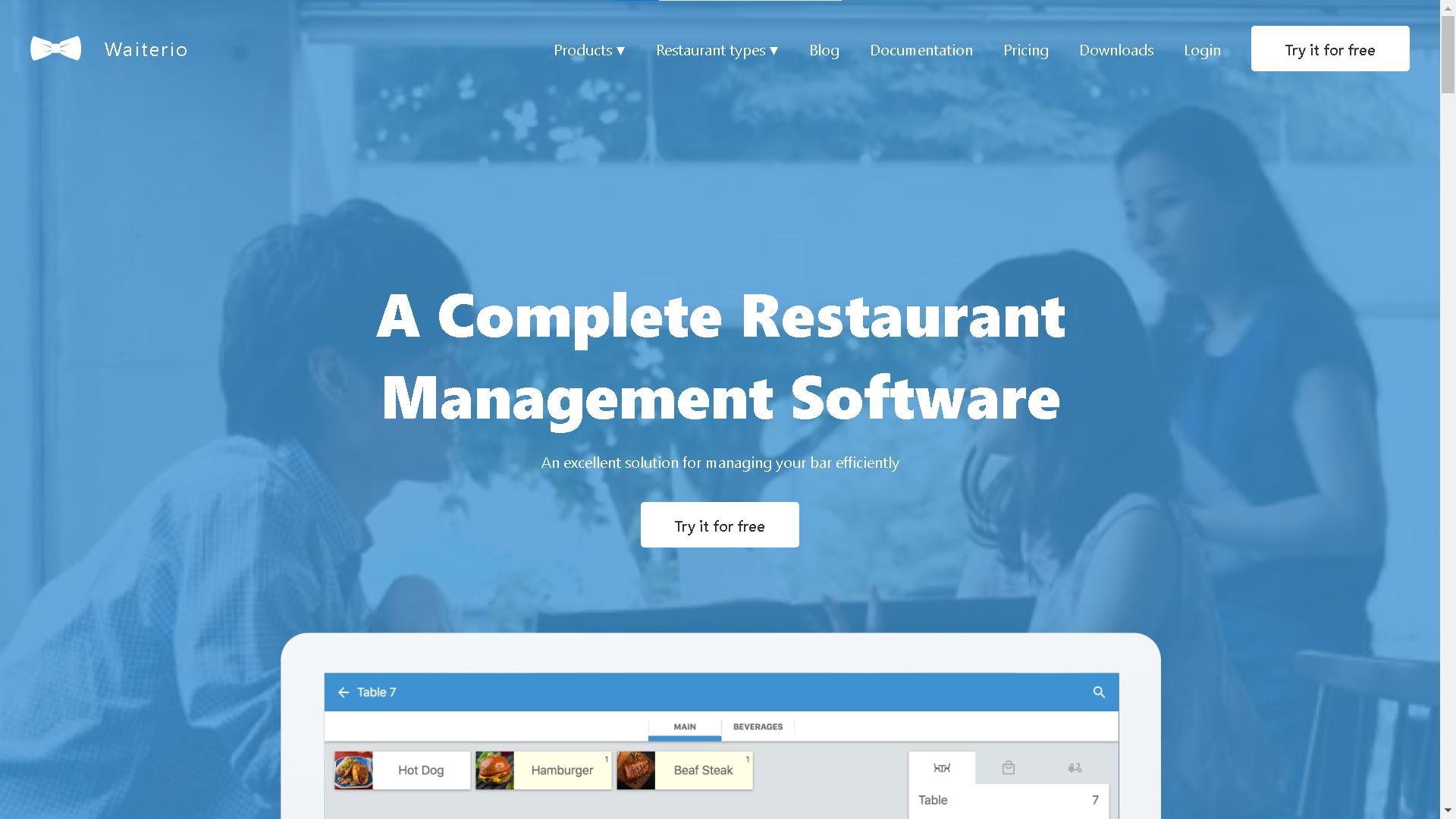
Waiterio is the best omni-device restaurant POS system you can get for small, mid, or even big food businesses. It’s one of the most versatile restaurant POS solutions because you can almost run it in a toaster—you can use it on any device with a browser, which many devices have nowadays. That makes Waiterio a highly valuable and viable software because it doesn’t force you to use expensive tablets such as iPads or high-end Samsung tablets. Instead, you can use it on older models or smaller devices with an updated browser. Considering that alone, you can equip your full staff with a tablet so they can provide the best tableside experience. Additionally, Waiterio has all the features a restaurant POS system needs and more. From advanced daily, weekly, and monthly reports to QR code support. In a few steps, you can even create an affordable website to allow customers to order online for takeout or delivery. Finally, Waiterio is one of the most affordable POS systems, which highly benefits small or new restaurants by lowering operating costs.
Pros:
- It’s compatible with any tablet that supports modern browsers
- It has all the features a restaurant POS system needs
- It’s easy to use and very intuitive, so implementation is seamless
- It’s one of the most affordable tablet POS systems on the market
- You can effortlessly scale your operations—you can create an affordable hardware ecosystem with other devices, like thermal printers and even KDS
- It offers features that can improve your sales, such as QR code menus, contactless menus, a simple SEO-optimized website with your restaurant’s location, and an interactive menu (it also doesn’t require maintenance!)
Cons:
- It doesn’t have an inventory management system yet
2. Square POS
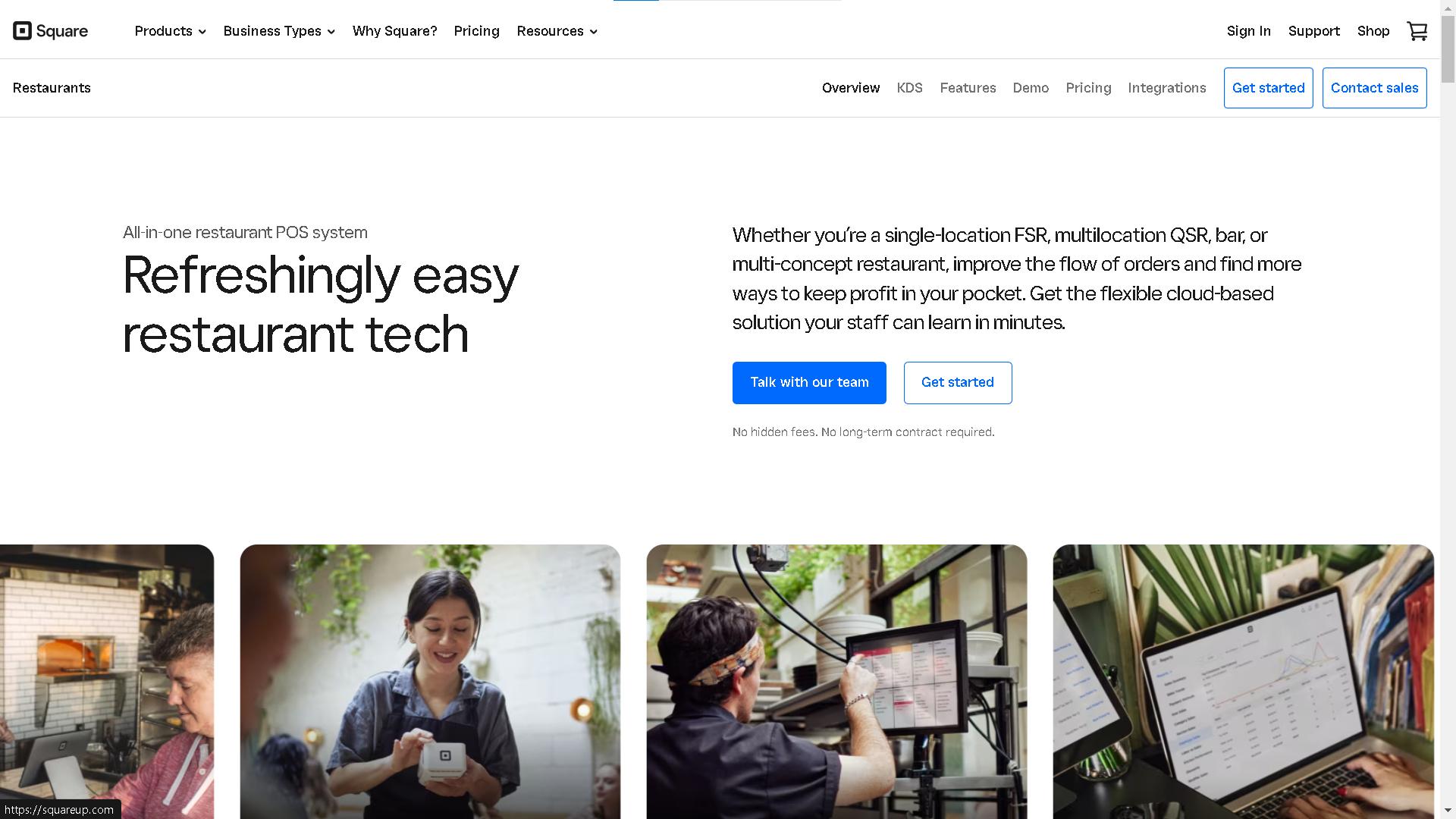
Square is one of the top POS solutions on the market—although it’s also one of the priciest options available. They offer outstanding customer service and can set up a tablet POS system with everything you need quickly, but at a very steep cost when compared to more affordable systems. They also work with proprietary software and hardware, which come at an elevated price. Finally, there’s the processing fees, which can add up costs significantly for small restaurants. With that being said, you’ll gain access to one of the most complex POS systems available. It can be a little difficult to implement and train your staff at first, but otherwise, you’ll be sailing smoothly with it as long as you can justify their prices.
Pros:
- It’s one of the top POS systems on the market
- It has several proprietary hardware and software solutions that are very efficient for food businesses
- It has amazing customer service
- It’s very easy to use
- It has all of the features a restaurant needs
Cons:
- It’s one of the most expensive tablet POS systems available
- They require you to buy expensive hardware
- Processing fees can set back your restaurant a few thousand dollars
- Some features are paid separately
- It’s a bit overwhelming for a tablet POS system
3. Revel Systems
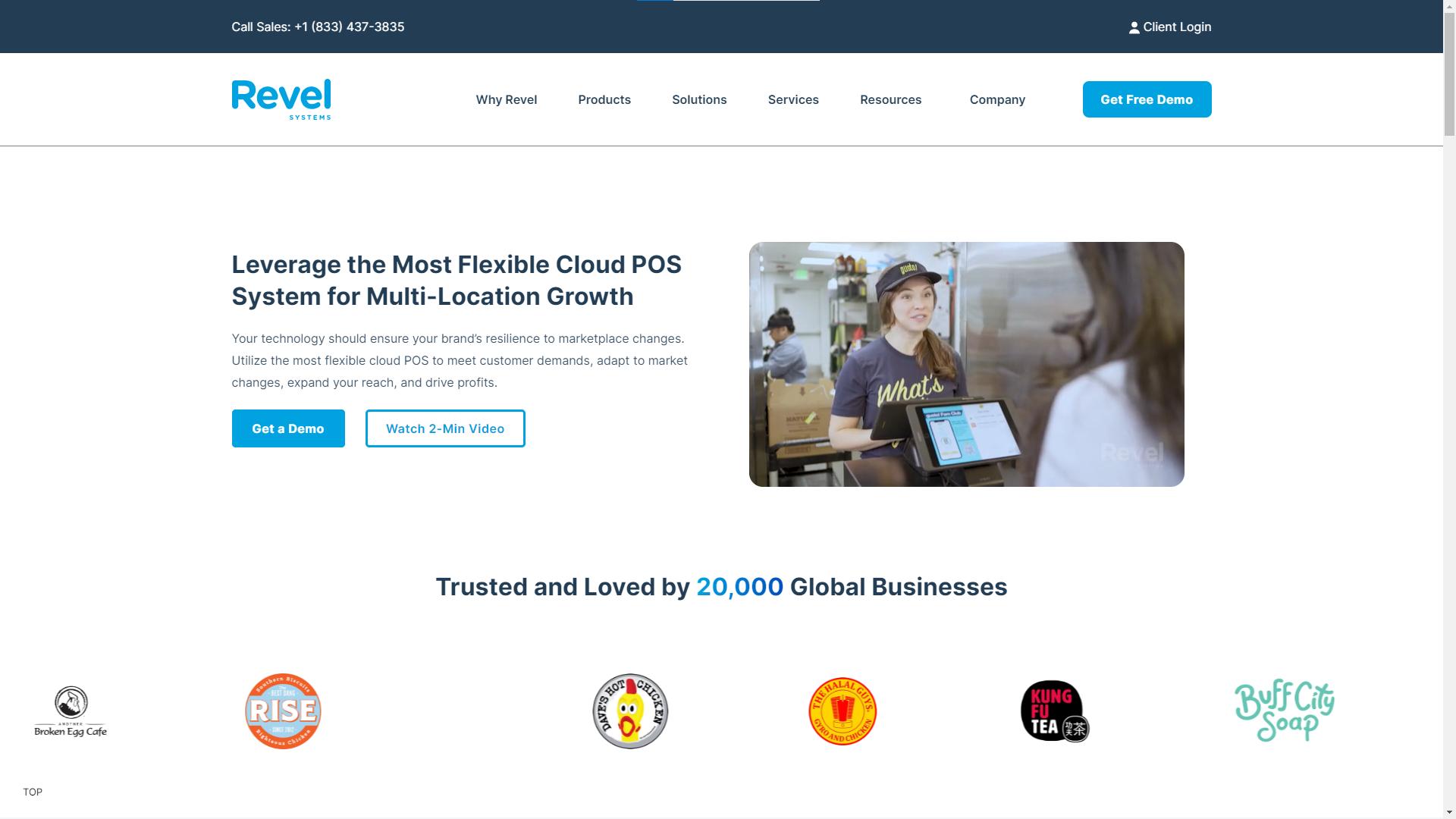
Revel Systems is yet another outstanding service provider in the restaurant POS industry. It offers all the features a restaurant could need. However, it’s similar to Square POS in that implementation costs can be considerably high. For example, setting it up costs around USD 680, which can be a little tough on your budget if you are barely starting. Also, they have both a flat processing fee for all transactions and a monthly USD 99 subscription. The subscription is much higher than the average monthly cost of restaurant POS, and that’s without considering the processing fees. Still, the company will ensure they set up everything so you can start operating your business right away.
Pros:
- Excellent customer service and fast setup
- Good software and hardware
- It has most if not all of the features your business needs
Cons:
- It’s expensive to implement and requires you to schedule closing the business to get it done
- The monthly subscription is 100%+ more expensive when compared to other systems (especially considering it’s a tablet POS)
4. TouchBistro POS
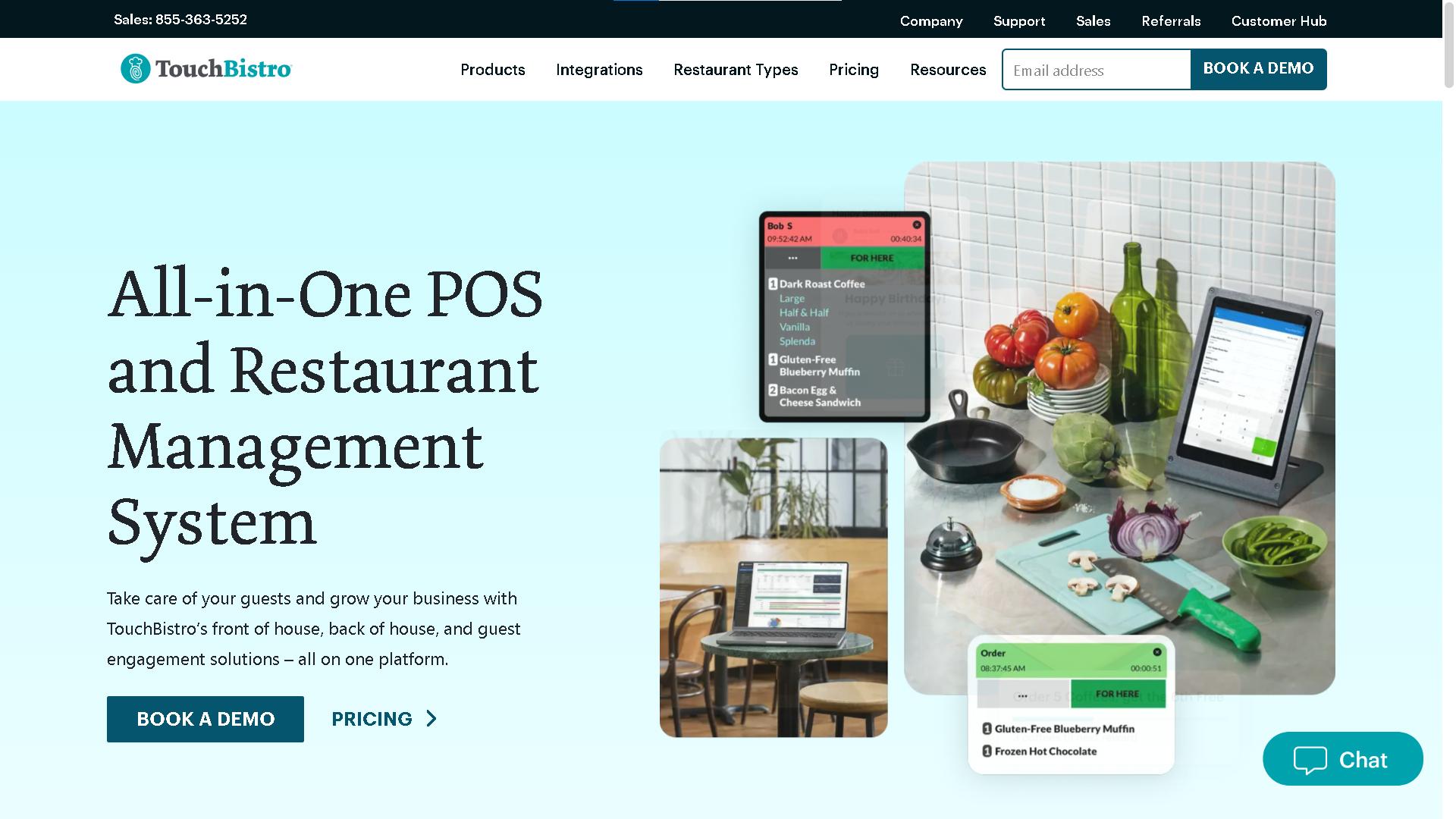
TouchBistro is one of the main market competitors when it comes to restaurant POS. It’s among the top choices because of the commercial preference for iOS and Apple devices. It’s more affordable than Square POS because it doesn’t have some features behind a paywall. Instead, what you get is what you see! It does, however, have processing fees, which can turn out to be much more expensive for your business, so it does share some of the weaknesses of Square. Aside from that, it has similar hardware costs, and it’s easy enough to use it. It doesn’t compare to our top recommendation in terms of affordability though.
Pros:
- It has very effective features, all available within the same plan (it’s better than Square’s business model!)
- It’s easy to use and implement
- It’s processing pricing is slightly less expensive when compared to Square
Cons:
- It’s fairly expensive to implement
- It might be too complex for a new business
- Hardware costs are high
5. Lightspeed POS
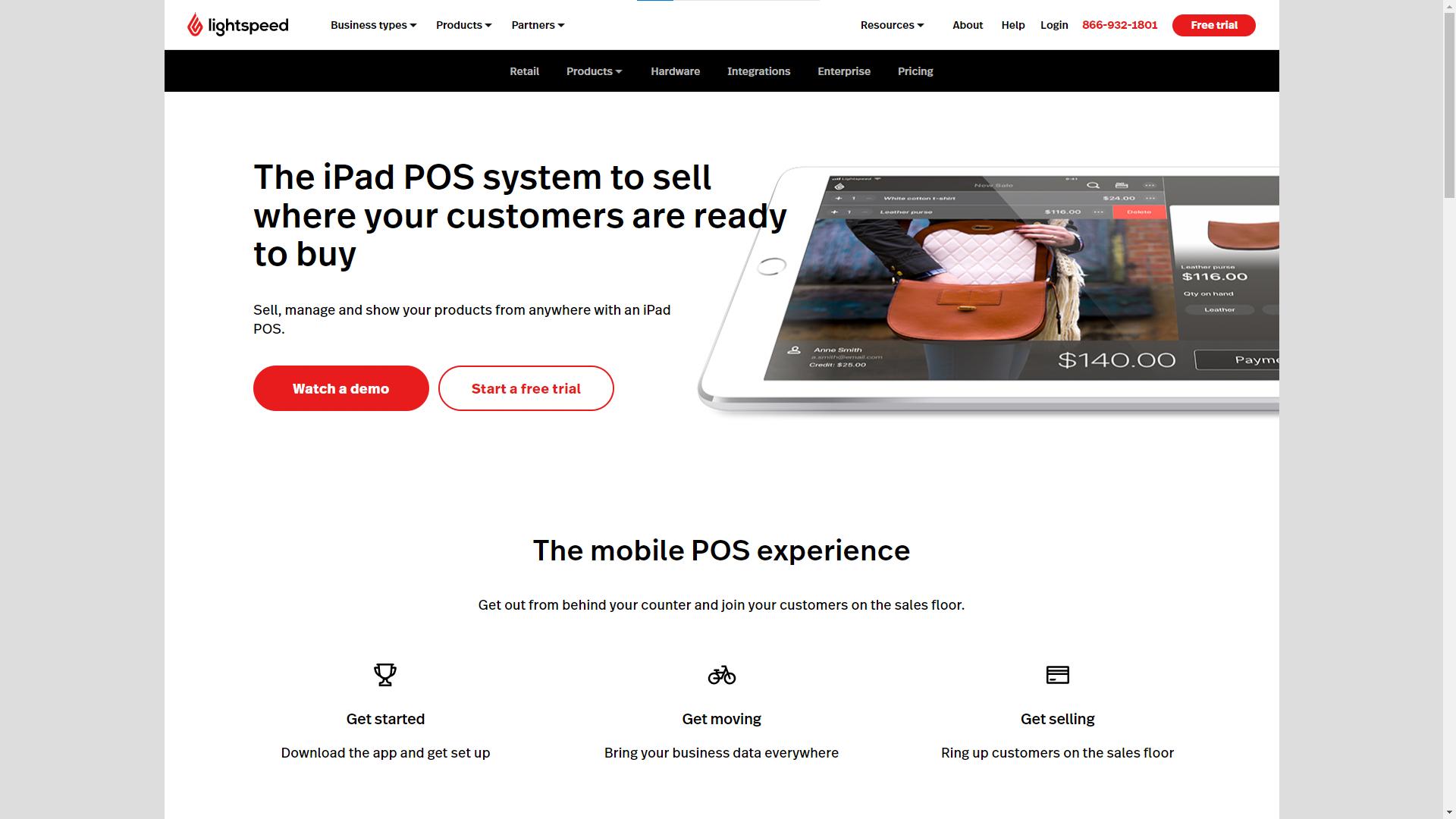
Finally, we have Lightspeed POS, another high-end solution that spans several industries other than restaurants. Lightspeed offers powerful, efficient solutions for restaurants, also using iOS/Apple hardware, which makes it reliable. However, that also brings implementation costs up considerably. Aside from that, Lightspeed offers numerous features that can benefit a restaurant with unique needs. For example, they have one of the best inventory management systems. The downside is that this system works better in tandem with other hardware/software solutions from the same vendor, which can make it expensive. Also, it can make it a little harder to keep your restaurant’s operation lightweight.
Pros:
- Easy to use
- Very efficient and reliable hardware/software
- It’s perfect for restaurants with complex needs
Cons:
- It has good prices but can become very expensive if you want to take full advantage of it
- It has processing fees
- Hardware costs are steep
Is a Tablet POS for Your Restaurant?
Tablet POS solutions for restaurants are great as an entry point—if you’re starting your business, they can make it easier to manage while cutting costs. The best part is that thanks to the evolution of tech, they are more complete than ever, which can benefit your business a lot by allowing you to centralize control over it. Thousands of restaurants, from small to big have implemented tablets and operate seamlessly and without tons of other devices. If that sounds like what you need, then a tablet POS for restaurants is what you need.
If not, then you can check out other POS options to satisfy more complex needs. You don’t have to look too hard—Waiterio is a versatile, multi-device POS system that works for desktops, laptops, and mobile devices. It’s also compatible with several third-party hardware solutions that can help you cut costs in the best way possible. Learn more about Waiterio here. Does your restaurant have a POS system? It better have—it’s a game-changer
